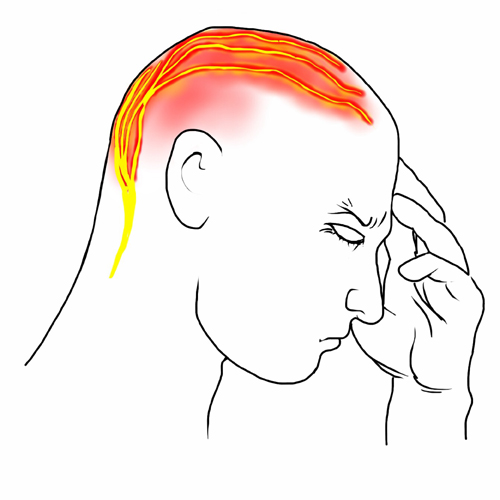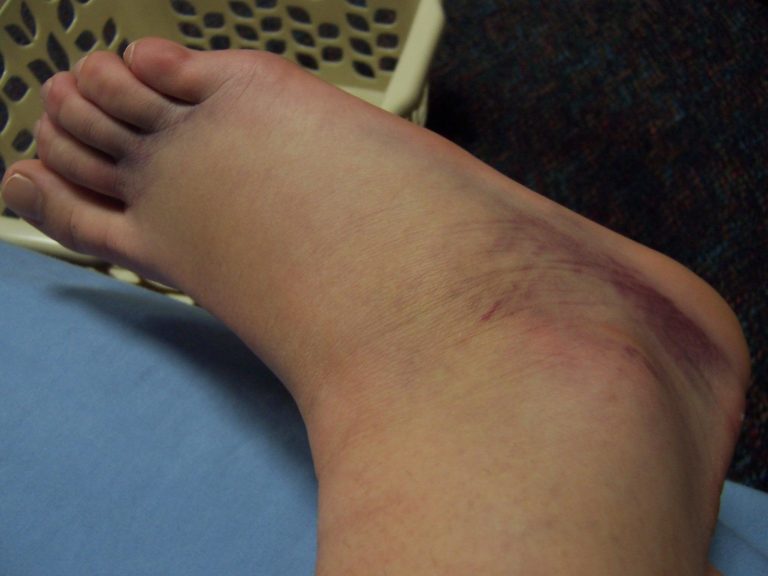More than 40 million people in the United States run regularly. Although there are many health benefits from running, there is also a risk of injury. Injuries from running usually involve the muscles, tendons, joints, and bones, of the legs. Most injuries are due to training errors rather than from a traumatic event.
Causes of Running Injuries
Most training errors are the result of doing too much, too soon, or too quickly. A recent study published in JOSPT followed 874 novice runners who were provided a global positioning watch for a 1-year period.
The researchers recorded the number of runners who reported injury and analyzed the changes that occurred in their running program in the 2 weeks prior to injury. A total of 202 runners reported injuries related to running.

Types of Injuries from Increased Distance
Injuries related to an increased rate of distance were patelofemoral pain syndrome (runners knee), iliotibial band syndrome, medial tibial stress syndrome (shin splints), gluteus medius tendonitis, hip tronchanteric bursitis, and patellar tendonitis (jumpers knee).
The runners who increased their weekly mileage by more than 30% had a higher rate of injury than those who increased their weekly mileage by 10% (10% is a commonly recommended progression rule).
The researchers concluded that a sudden increase in running distance by more than 30% over a 2-week period may put runners at risk for developing running-related injuries.
Other Running Injury Risks
As a side note, the researchers found that those runners who increased their pace of running were more susceptible to Achilles tendinopathy, gastoc/soleus strains, plantar fascitis, tibial stress fractures, hamstring injuries, and iliopsioas injuries.
Tips To Prevent Running Injuries while running Gradually
- Gradually increase weekly mileage by no more than 5-10% each week.
- Alternate hard training days with easy days; run easy days 1-2 minutes per mile slower than race pace.
- Base speed workout paces are based on current fitness levels, not goal race times.
- Incorporate proper warm-ups and cool-downs into every workout.
- Take a reduced “drop back” mileage week every 3-4 weeks.
- Listen to your body and take extra rest days as needed.
- Run in the right shoes for your biomechanics and replace shoes every 300-500 miles.
- Incorporate at least one strength training session per week.
- Seek softer running surfaces like tracks or trails when possible.
- Support recovery through sleep, nutrition, massage, and other self-care.
If you are recovering from a running-related injury or are starting a new running program and you live in the Oklahoma City, OK, area, Stover PT can help resolve your problem and give you a sensible training program to minimize your risk of injury or recurrent injury.
References
Nielsen, R. O., Parner, E. T., Nohr, E. A., Sorensen, H., Lind, M., & Rasmussen, S. (2014). Excessive progression in weekly running distance and risk-related injuries: an association that varies according to type of injury. JOSPT, 44 (10), 739748.






